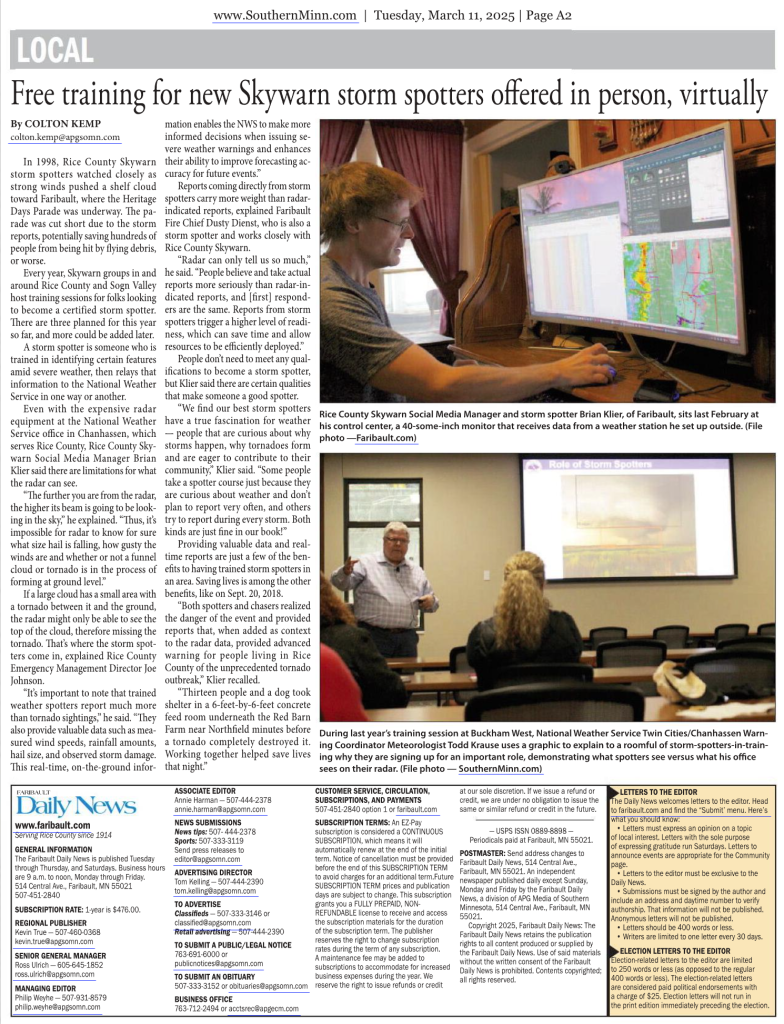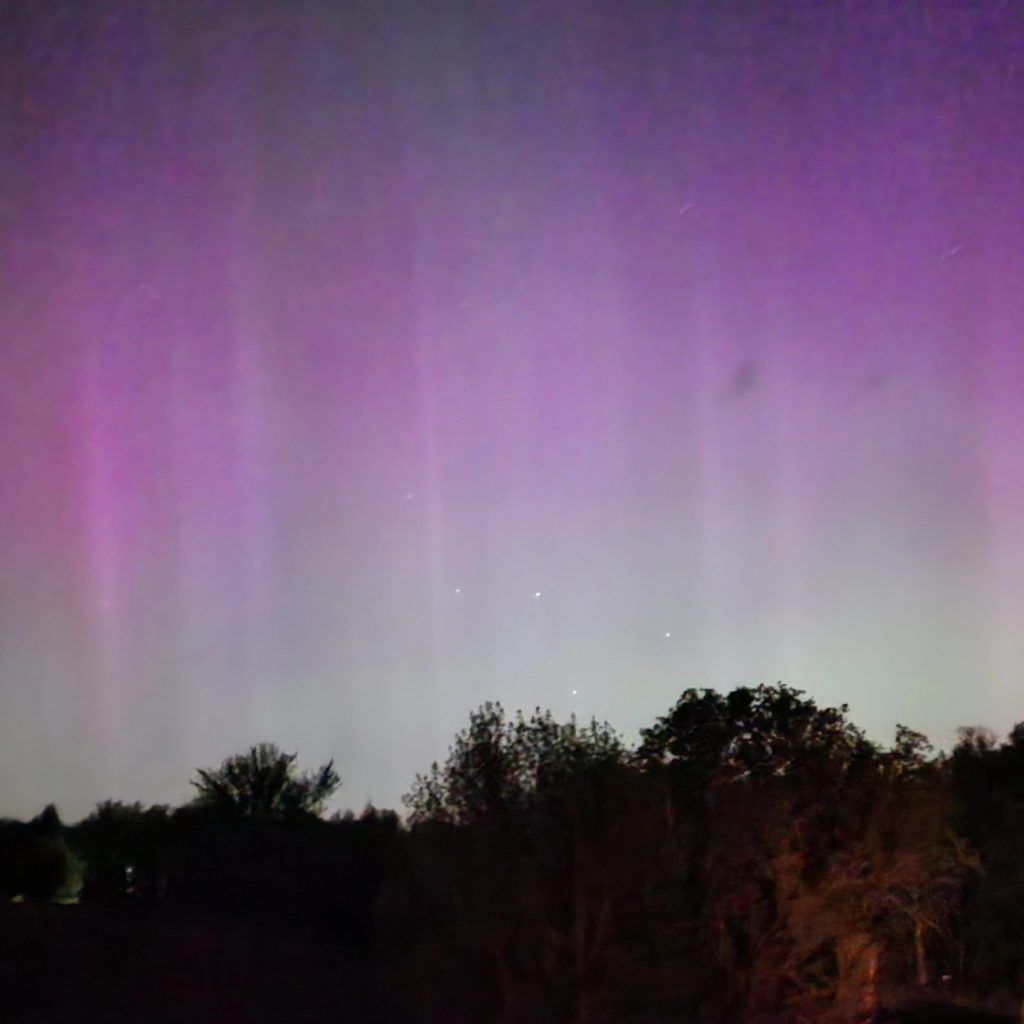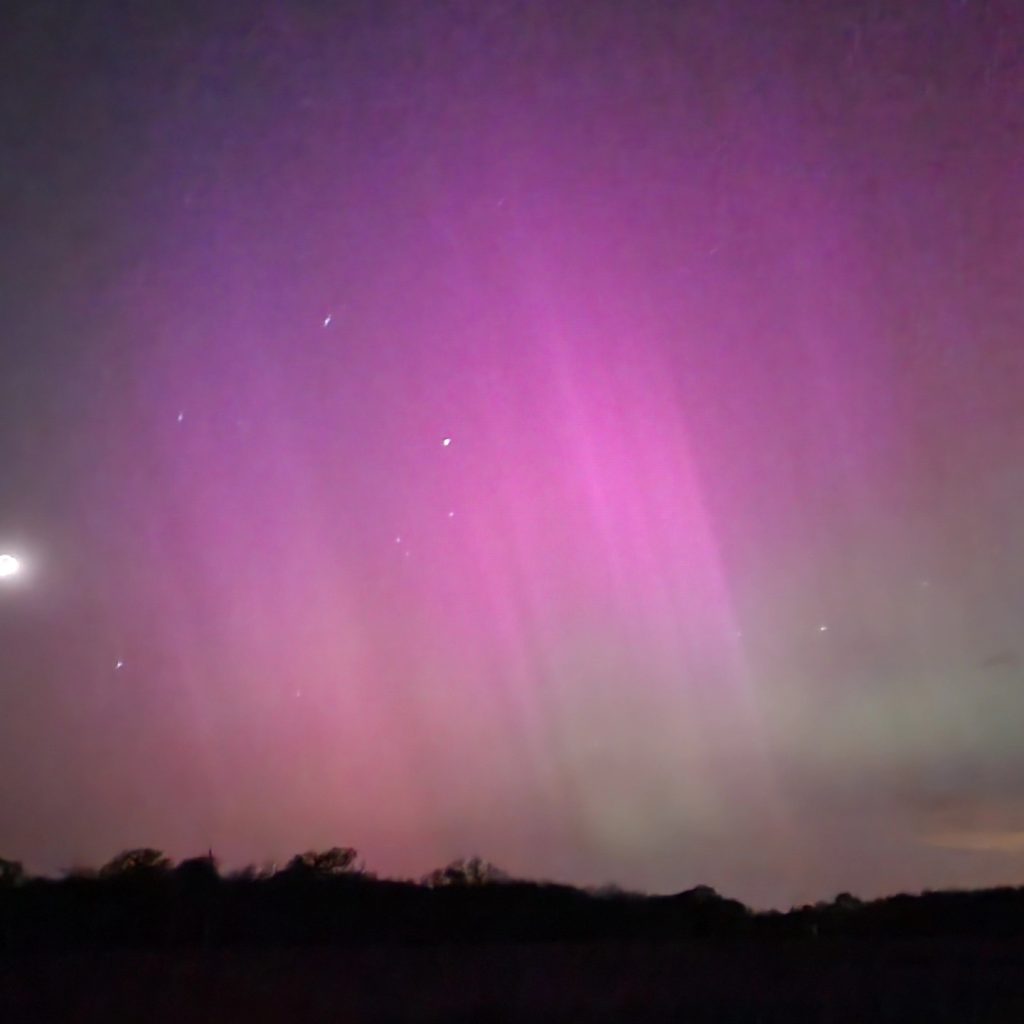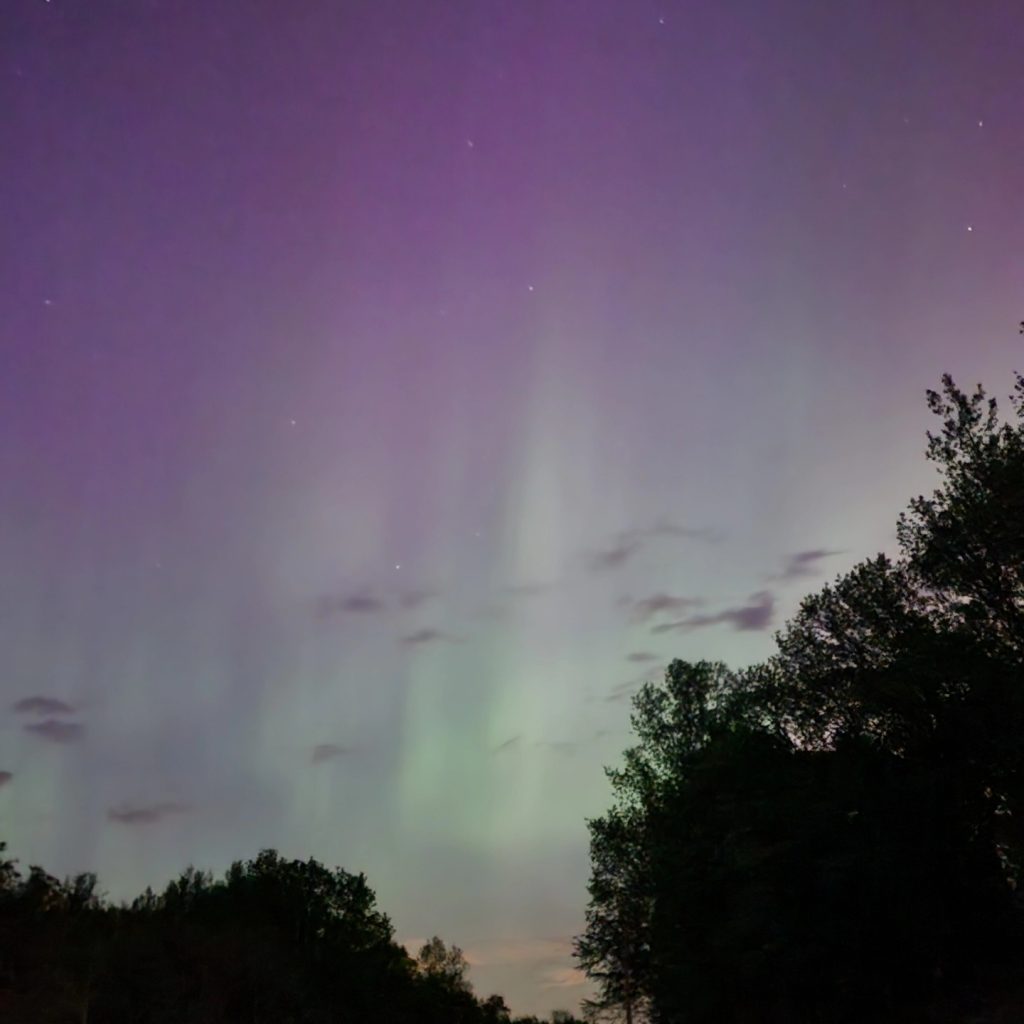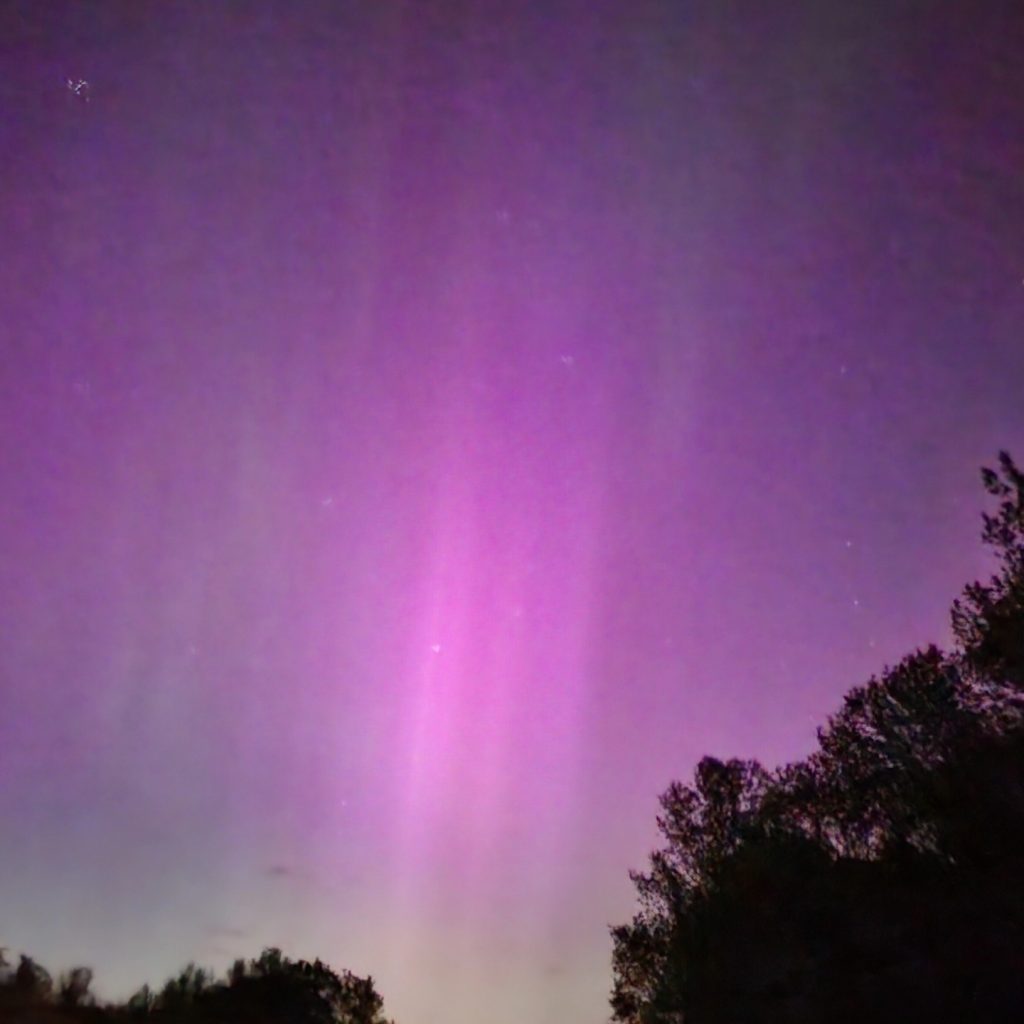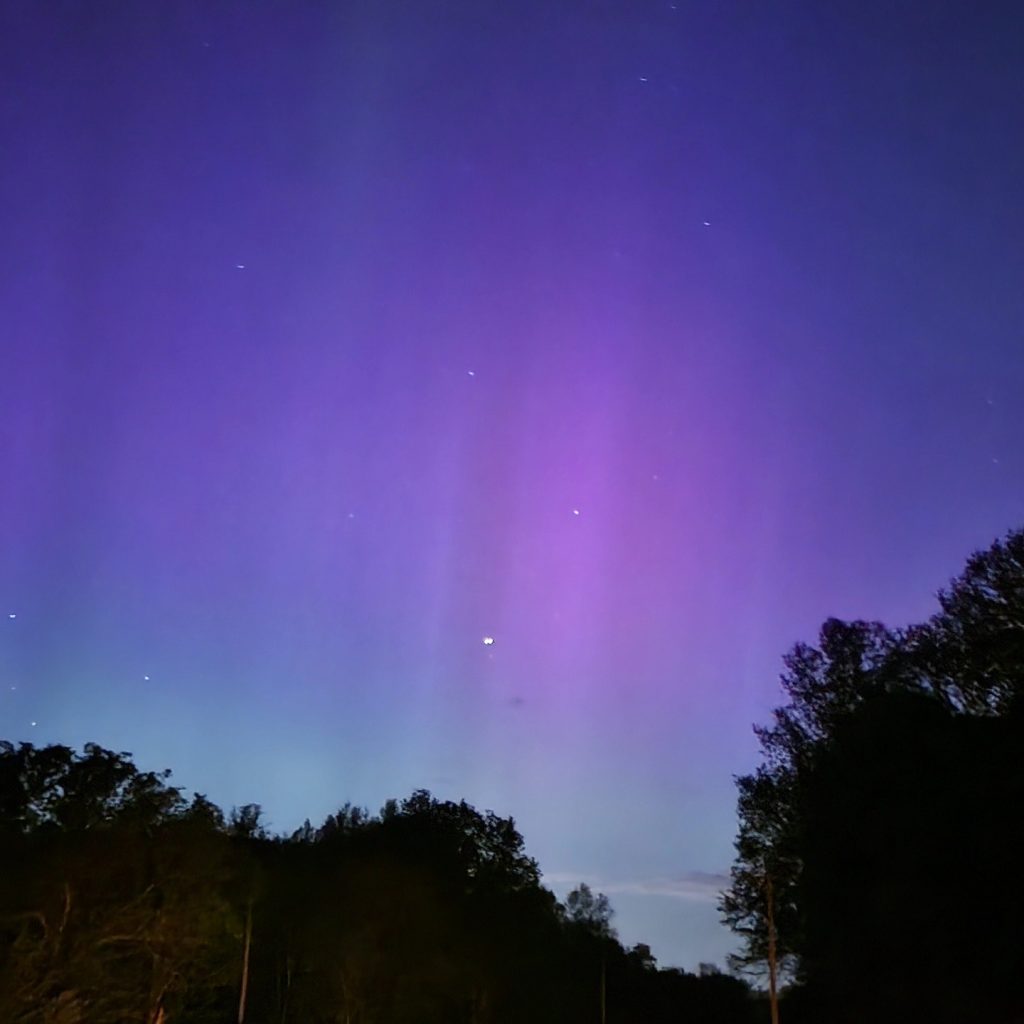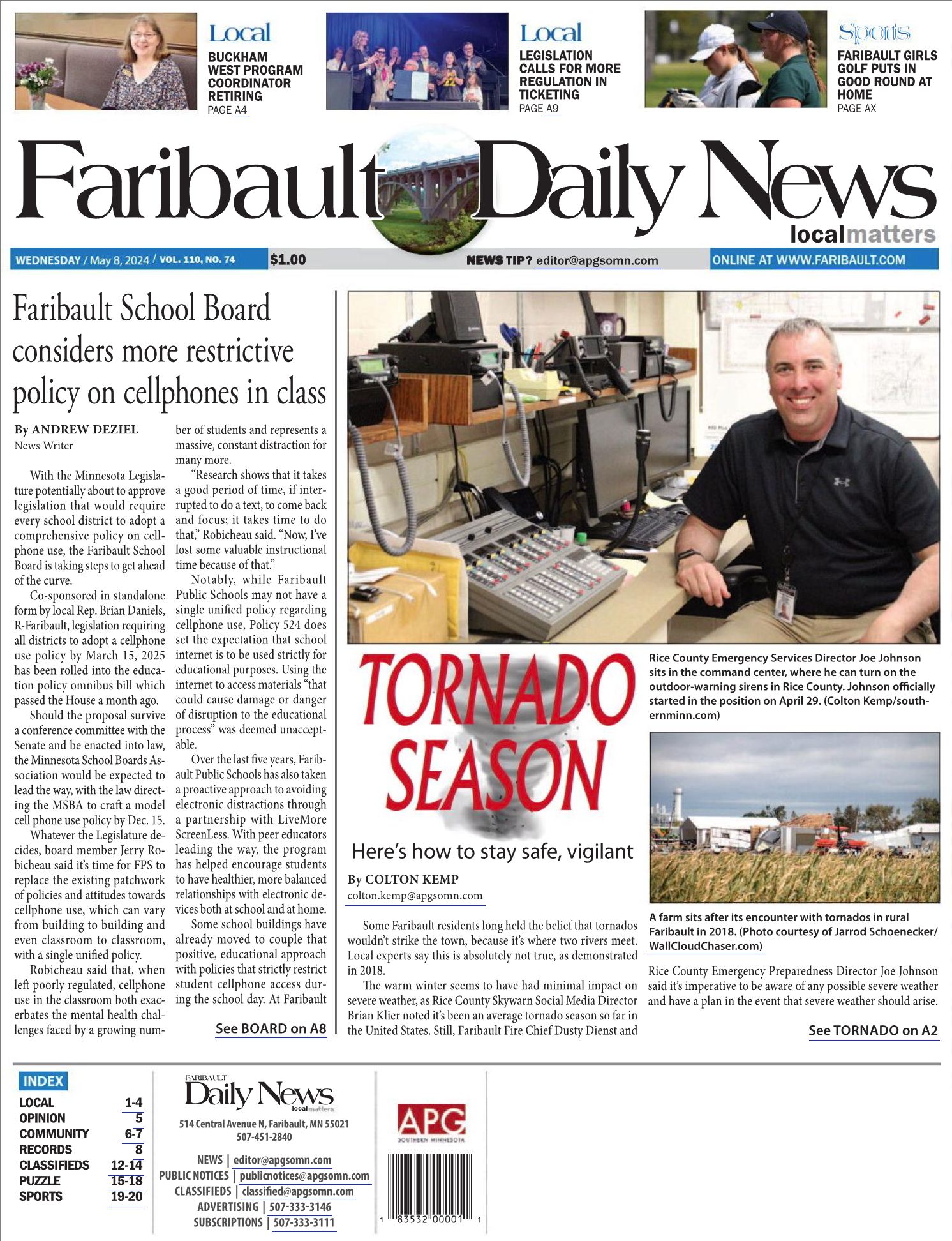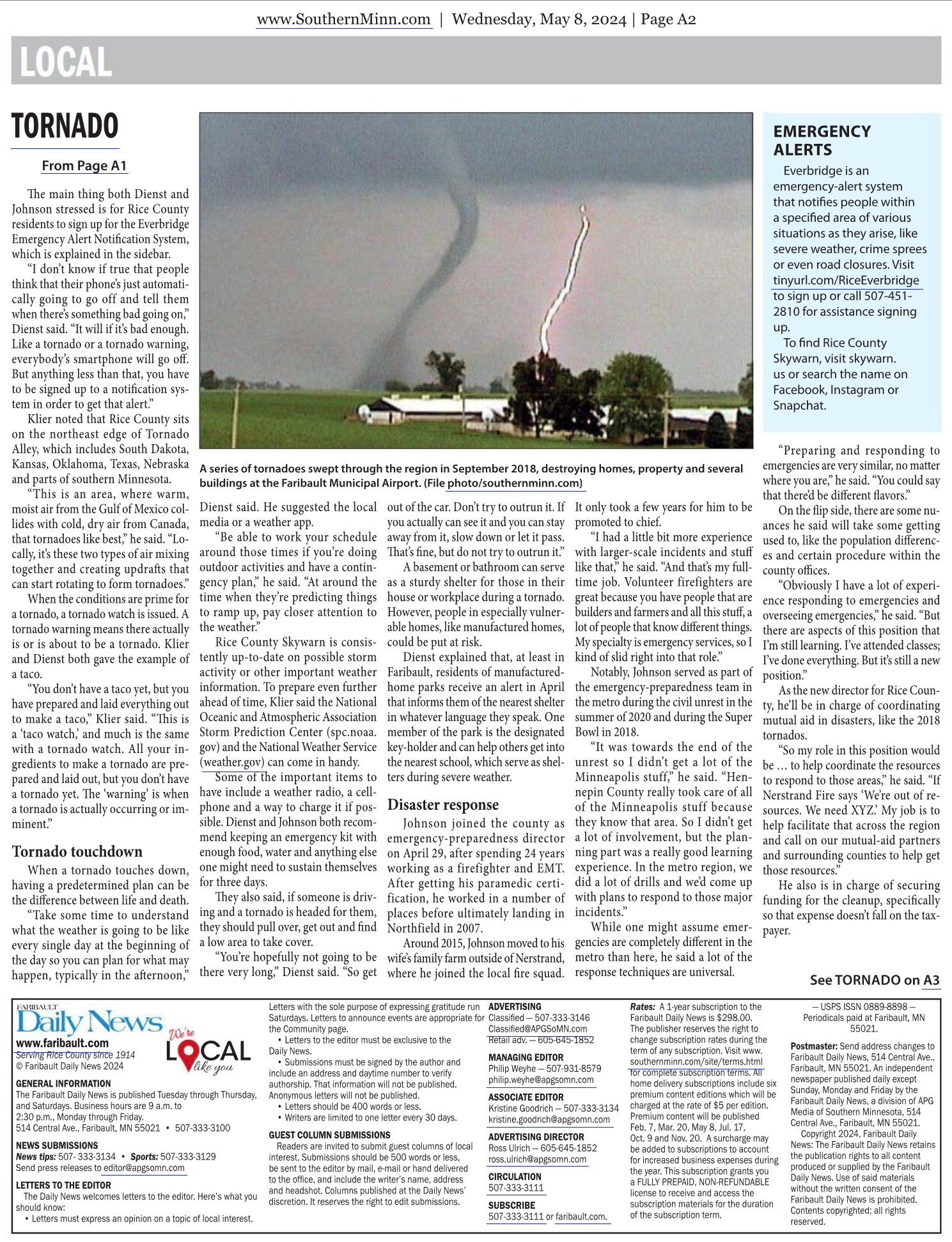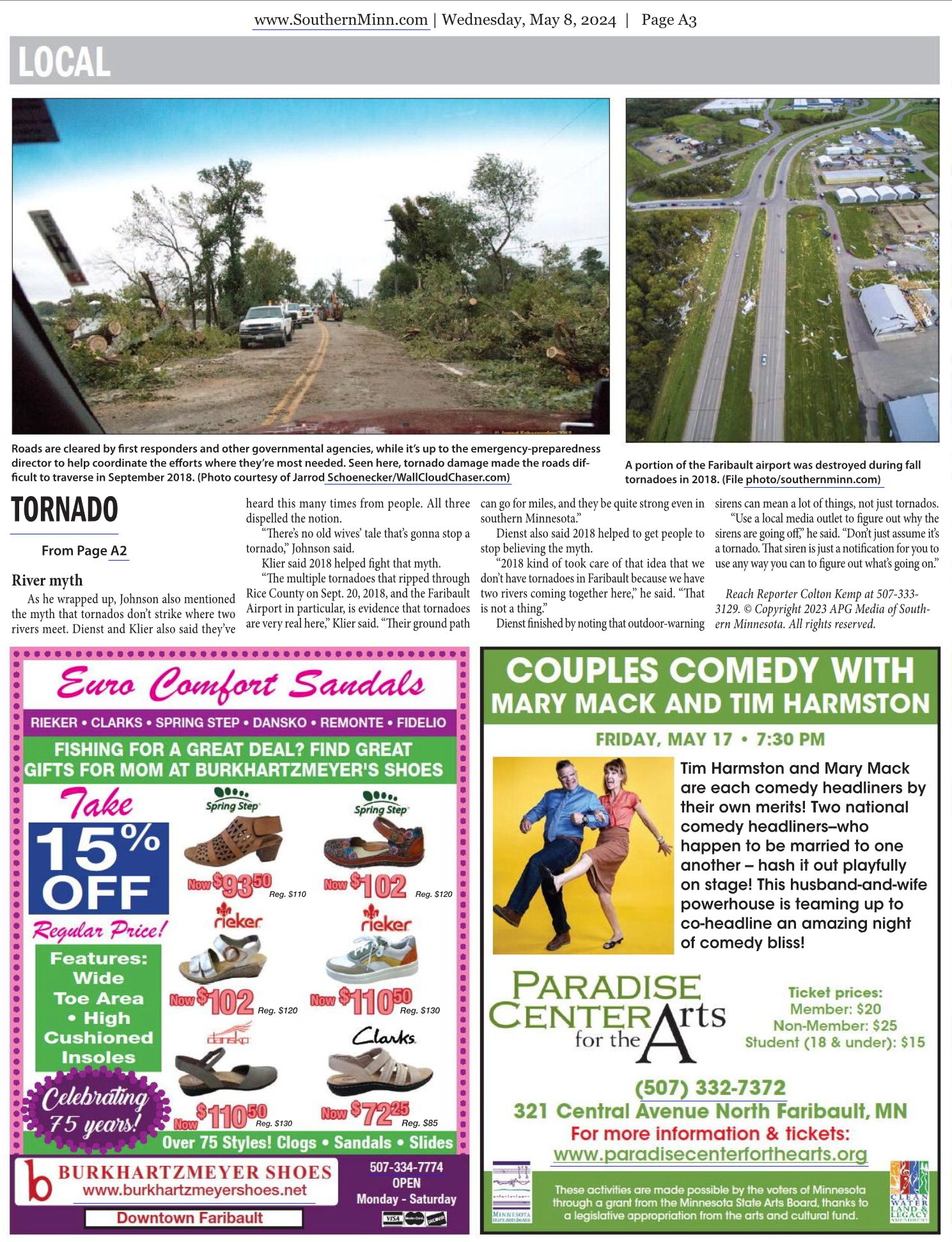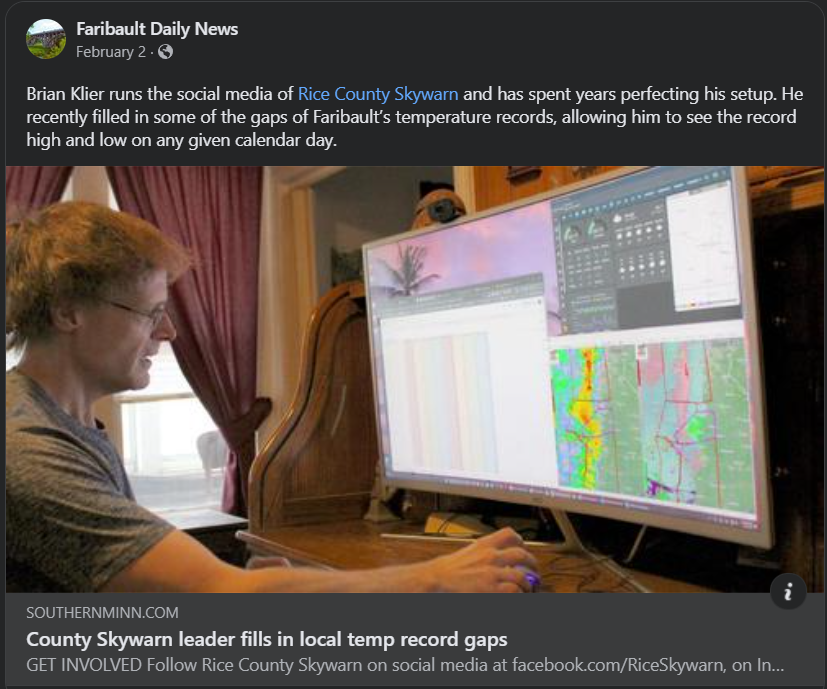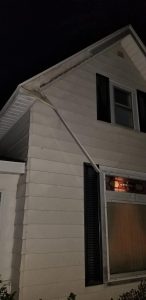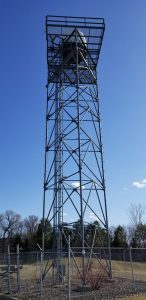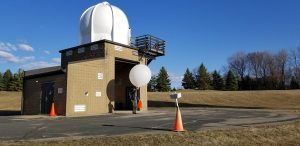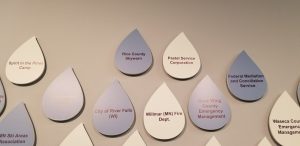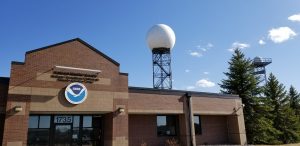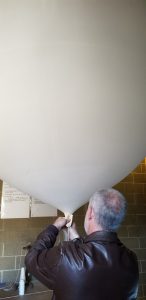A fun side project I’ve been working on! Using the OBS Broadcaster, PowerShell, Batch Scripting, and a program that launches it all on a rotating time schedule!
Here is an example of how this all looks during a severe weather event:
Original Post:
The Rice County Skywarn Streaming Channel is now live!
Thanks for all your feedback regarding our Streaming Channel on Youtube! Hearing dozens of positive comments, and working out some kinks and adding some new functionality, it’s ready for full-time consumption!
https://youtube.com/@RiceCoSkywarn/live
This is YOUR local weather feed, perfect for the corner of your monitor, your tablet, your Google Home, or digital signage.
You’ll find:
– The latest Level 3 radar imagery (including velocity radar during time of severe weather) centered around Rice County, with storm reports plotted during severe weather events.
– Scrolling weather alerts and weather forecasts straight from the National Weather Service, tailored for Rice County.
– Current time, temperature, and rainfall storm totals and rain rate for Faribault displayed in the corner of the video.
– Upper Midwest GOES-East Satellite Loop with Precipitation Depiction.
– Local webcams showing current outdoor conditions (if you run a full-video webcam in Rice County and can offer an RTMP feed, we’d like to hear from you!)
– Skywarn Activation Status
– Pop-up alerts for extreme weather conditions such as Severe Thunderstorm Warnings, Tornado Warnings, and Blizzard Warnings.
– Of particular interest to spotters, the Day 1 convective and mesoscale outlooks, including possibilities of tornadoes, severe hail, and severe wind conditions.
– All over a bed of music, with old-school “Weather Channel”-style voice announcements (all mutable).
Besides a few national guys, NO ONE that we know of is doing this style of presentation, and we’d love to hear your input and ideas on how we can make this something you’ll enjoy on a daily basis. We appreciate your support!

